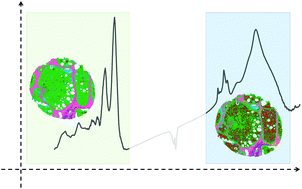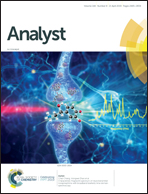A comparison of mid-infrared spectral regions on accuracy of tissue classification
Abstract
Infrared (IR) spectroscopic imaging, utilizing both the molecular and structural disease signatures, enables extensive profiling of tumors and their microenvironments. Here, we examine the relative merits of using either the fingerprint or the high frequency regions of the IR spectrum for tissue histopathology. We selected a complex model as a test case, evaluating both stromal and epithelial segmentation for various breast pathologies. IR spectral classification in each of these spectral windows is quantitatively assessed by estimating area under the curve (AUC) of the receiver operating characteristic curve (ROC) for pixel level accuracy and images for diagnostic ability. We found only small differences, though some that may be sufficiently important in diagnostic tasks to be clinically significant, between the two regions with the fingerprint region-based classifiers consistently emerging as more accurate. The work provides added evidence and comparison with fingerprint region, complex models, and previously untested tissue type (breast) – that the use of restricted spectral regions can provide high accuracy. Our study indicates that the fingerprint region is ideal for epithelial and stromal models to obtain high pixel level accuracies. Glass slides provide a limited spectral feature set but provides accurate information at the patient level.



 Please wait while we load your content...
Please wait while we load your content...